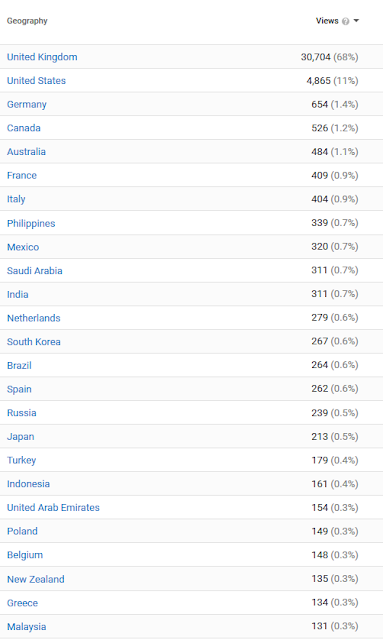That's a new term to me: four-walling, the practice of Indie producers renting a cinema primarily in the hopes that their screening will attract a newspaper review.
In the US its not uncommon to do this for a full week's run, though the practice in the UK seems to be for a single screening - kind of a Gant Rule effect I suppose!
Coz Greenop used this approach to great effect with Wandering Rose, the screening leading to a deal with Curzon Cinemas. I think Harry MacQueen did likewise with Hinterland [needs checking]. Remember too Warp using cinema ads trumpeting the cinema release date of Le Donk, which was really a DVD release - that helped get those vital newspaper reviews, much harder for a straight-to-DVD release to achieve.
In this web 2.0 (3.0?) age, can the dinosaur print media really be that important?
Yes ... and no. One of my favourite phrases! As with so much, there are two sides to this...
Look at '71. The National Media Museum box office told me, when I raised with them the very sparse crowd for the opening night screening, on a Friday, that it would pick up dramatically once the Guardian review had been digested.
The no part flows from the same example. The ABC1 Guardian readership may be more likely to pay attention to the paper's film coverage than, say, a tabloid's C2DE readership - that's speculation on my part.
What isn't is the indisputable fact that newspaper readerships are older than the core cinema audience, a trend which is accelerating.
Haven't covered yes and no, there is another angle to this - its not just about any immediate pick up in audience, its the possibility of featuring 'pull-out' phrases from reviews (and thus the publication names) on posters, DVD sleeves, in pitches to distributors, and on CVs when looking to finance and cast future productions.
Its easy to simplify digitisation as a killer of old media, but that's never been the case; the disruptive power of digitisation more often leads to a symbiotic relationship. So, the Guardian's '71 review was arguably secondary in impact to its leading the paper's weekly film vodcast, an example of convergence.
Who knows, someday YOU might be four-walling ... just don't forget to send me a ticket!
'Four-walling': how film-makers pay to see their work on screen http://gu.com/p/496yf




